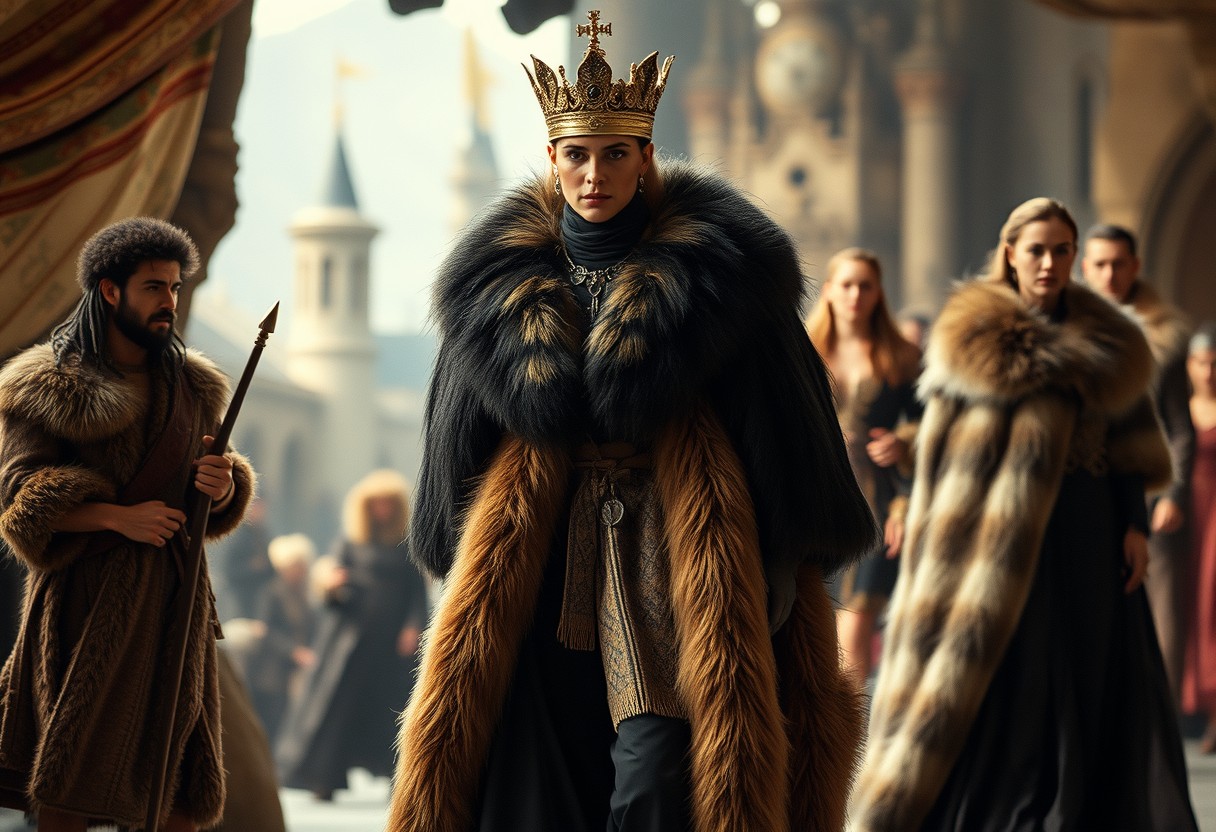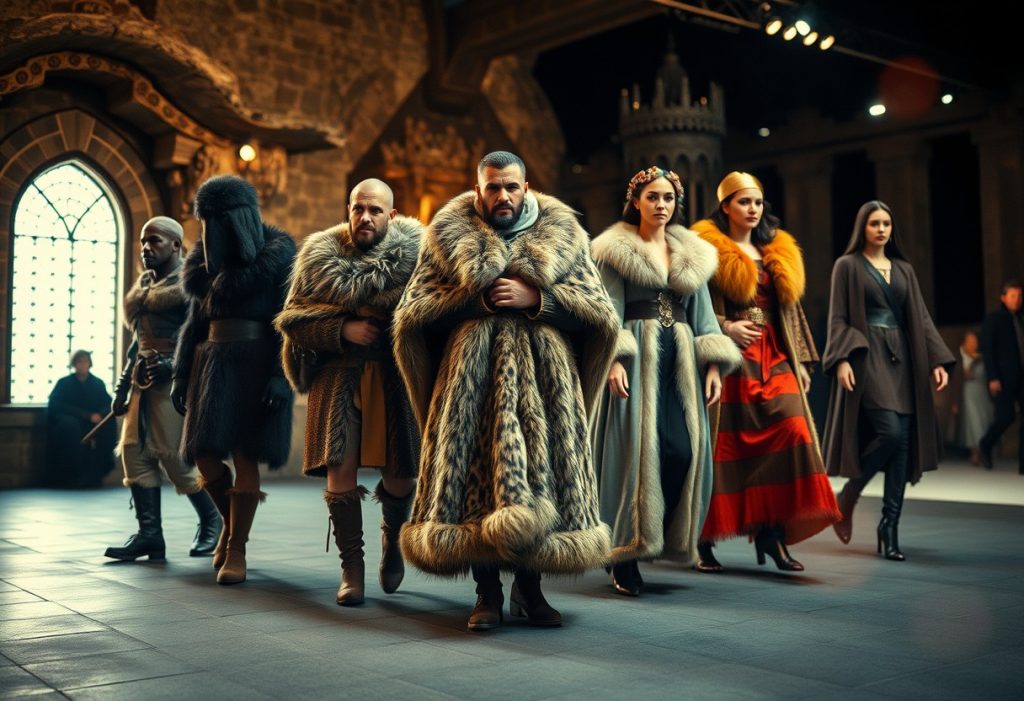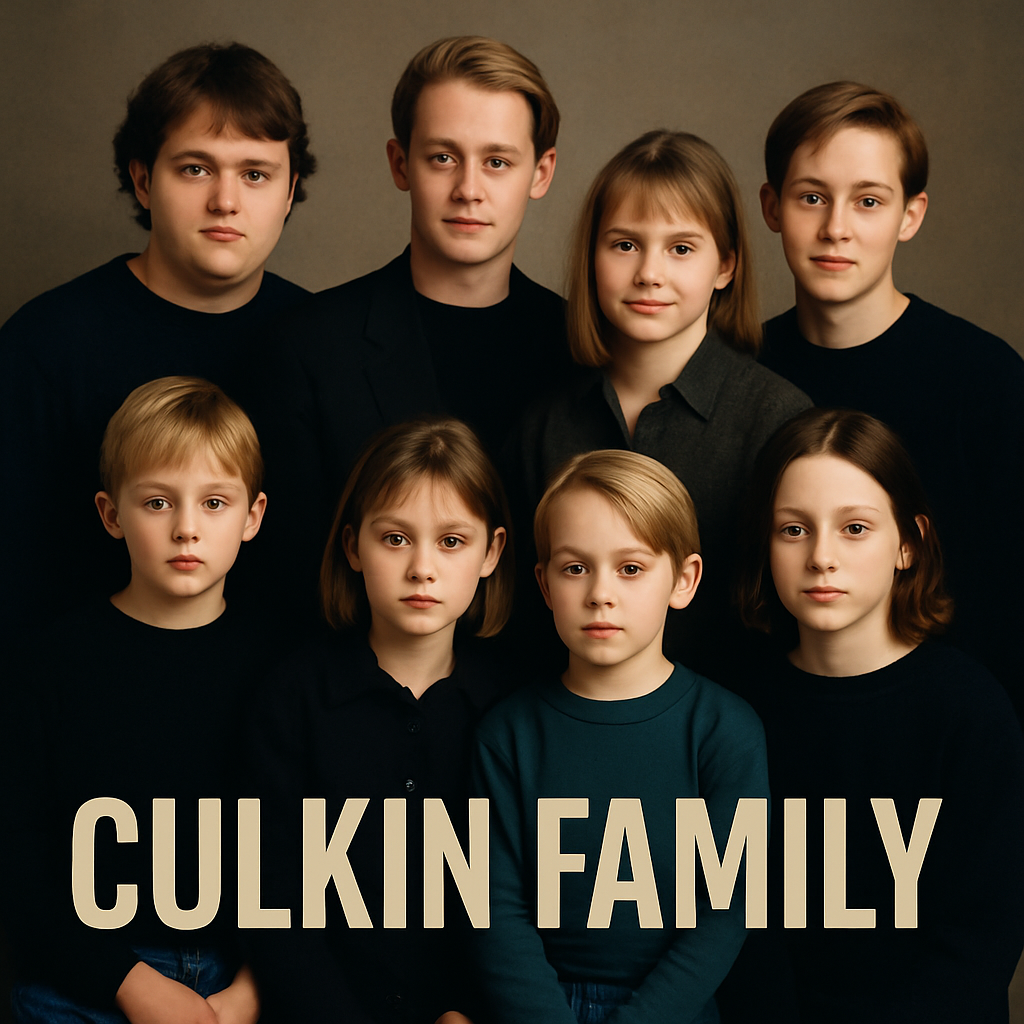Fur has long been a symbol of status and luxury, woven into the fabric of human culture for thousands of years. As you explore the rich history of fur in fashion, you’ll uncover its evolution from practical garments worn for warmth to coveted items in haute couture. This journey illuminates the intricate relationship between fur and societal changes, revealing how it has both reflected and shaped our understanding of beauty and prestige. Join us as we explore into the fascinating timeline of fur’s rise in the world of fashion.
The Historical Significance of Fur
Fur in Ancient Cultures
Significance of fur in ancient cultures cannot be understated. Various civilizations utilized animal pelts not only for warmth but also as symbols of status and power. From indigenous tribes to ancient Egyptians, fur signified wealth and social hierarchy, as it was often sourced from rare or exotic animals, indicating the owner’s influence and affluence.
The Role of Fur in Royal Fashion
An imperative component of royal fashion, fur has long been associated with nobility and grandeur. Monarchs and aristocrats adorned themselves in luxurious fur garments, which served as both protection against the elements and a striking display of their wealth. This opulent use of fur set the tone for fashion at the highest levels and influenced styles throughout history.
Ancient cultures embraced the use of fur in royal attire, often incorporating it into robes and coronation garments. You can see how this tradition persisted through the ages, with European royals and emperors wearing fur-lined capes and cloaks as a testament to their power. The choice of fur types, from sable to ermine, communicated even further status differentiation, allowing you to appreciate the depth of fur’s role in defining royal fashion.
Fur Trade and Economic Impact
With its historical ties to economic prosperity, the fur trade has played a vital role in shaping various cultures. As a sought-after commodity, it fostered trade routes and economic relationships, allowing communities to thrive. The demand for zoological fur became a driving force behind many economies, influencing social interactions and cultural exchanges.
Understanding the intricate dynamics of fur trade reveals its profound impact on global economies. You can observe how fur trading led to the rise and fall of empires, fostered exploration, and even affected territorial disputes. The economic implications of fur spread far beyond fashion, intertwining with the narratives of wealth, power, and cultural significance across continents.

Evolution of Fur in Fashion
Some may wonder about the profound history of fur in fashion and how it has transformed over time. This evolution illustrates not only the shifts in style but also the changing perceptions around fur as a luxury item, symbol of status, and cultural significance. Let’s explore how fur has made its mark across different eras, beginning with the Renaissance.
The Renaissance and Fur Adornments
Adornments of fur during the Renaissance period were often used by the elite, showcasing their wealth and sophistication. Rich, luxurious furs adorned garments, indicating power and prestige while also providing warmth. You would find lavish capes and trim made from fox, marten, and sable, reflecting the intricate artistry of this vibrant period.
The 19th Century: Fur as a Status Symbol
Evolution in the 19th century saw fur take on a new dimension, becoming a prominent status symbol among the affluent. The burgeoning industrial revolution amplified demand for fashionable items, including fur, which was no longer exclusive to royalty. Fur garments, from hats to coats, became crucial accessories, allowing the wealthy to display their social standing.
Century after century, fur evolved alongside societal trends. In the 19th century, this natural material such as mink, beaver, and fox was not merely a cold-weather necessity, but rather a statement of affluence and class. As you walked through fashionable streets, fur-clad individuals would catch your eye, embodying a lifestyle of glamour and riches that was highly coveted during this era.
The 20th Century: Fur in Haute Couture
Symbolizing luxury and elegance, fur found its place in haute couture during the 20th century. It was used creatively by renowned designers, turning fur into a staple of high-fashion looks. You can visualize iconic pieces showcased on the runways, serving as canvases illustrating the artistic potential of fur in fashion design.
The pivotal moment for fur in haute couture was defined by designers like Coco Chanel and Christian Dior, who incorporated fur into their collections, making it synonymous with opulence. The ability to effortlessly blend fur with modern silhouettes made these fashions aspirational. As you consider this era, it’s clear that fur became not just an accessory, but a defining characteristic of luxurious living, influencing countless fashion trends that endure to this day.
Contemporary Perspectives on Fur
Unlike the past, when fur was a symbol of luxury and status, contemporary perspectives on fur fashion are complex and often polarized. Today, consumers are not solely focused on aesthetics; they are increasingly considering the ethical implications behind their fashion choices. You can explore deeper insights into this evolution in fashion by checking out Do We Know A Lot About The History Behind Fur?.
Fur in Modern Fashion Trends
Trends in modern fashion show a significant shift towards sustainability and ethical sourcing. Designers are now contemplating the implications of using fur, often turning their attention to faux alternatives that mimic the luxurious look and feel without the ethical concerns associated with animal fur.
Ethical Considerations and Fur Alternatives
Trends surrounding ethical considerations have prompted a rise in faux fur alternatives, promoting consumer awareness regarding animal rights. Brands that advocate for cruelty-free practices have made significant strides, showcasing quality parallels with real fur.
Fashion is increasingly becoming a battleground for ethical considerations, where brand reputation can hinge on their treatment of animals. As consumers, your choices reflect a growing demand for transparency and accountability in the fashion industry. Brands now face pressure not just to create stylish products, but to ensure their methods align with ethical standards, making faux fur a popular alternative without compromising on style.
Impact of Social Movements on Fur Fashion
The impact of social movements has reshaped the conversation around fur fashion. Activist campaigns have successfully raised awareness on the ethical implications of fur, compelling many brands to reconsider their material choices in response to consumer sentiment.
Perspectives in society are evolving as activism surrounding animal rights gains momentum. You may have noticed brands that once thrived on fur are now transitioning to faux options or offering transparency regarding their sourcing practices. This shift is not just a trend; it’s a reflection of your values as a consumer, emphasizing that ethical considerations are becoming indispensable in your decision-making process regarding fashion.
Final Words
Ultimately, understanding the history of fur in fashion enriches your appreciation for this enduring material. From its early use as practical clothing by indigenous cultures to its status as a luxury item in modern haute couture, fur has continuously evolved to reflect societal values and trends. As you explore fashion, recognizing the complexities and controversies surrounding fur can enhance your informed choices and personal style. By acknowledging fur’s historical significance, you can make thoughtful decisions that align with your values and fashion sensibilities.
FAQ
Q: When did fur first become popular in fashion?
A: Fur has been used in fashion since ancient times, with evidence suggesting that as far back as the Paleolithic era, humans utilized animal hides and furs for warmth and protection. However, it was during the Middle Ages in Europe, particularly from the 12th century onwards, that fur began to make a significant mark in fashion. Aristocrats and royalty used luxurious furs, such as sable and ermine, as symbols of wealth and status.
Q: How did the use of fur evolve in the fashion industry?
A: The use of fur in fashion evolved significantly over the centuries. In the 18th and 19th centuries, fur became increasingly associated with high fashion, with designers and tailors incorporating fur into elaborate garments and accessories. The fur trade grew, and a variety of animal furs, including mink and fox, became fashionable elements in women’s clothing. The rise of the ready-to-wear industry in the 20th century further solidified fur’s place in mainstream fashion, making it accessible not just to the elite but to a broader audience.
Q: What are the current trends regarding fur in fashion?
A: In recent years, the fashion industry has seen a significant shift in attitudes towards fur. Increasing concerns over animal rights, sustainability, and ethical practices have led many designers and brands to reconsider their use of fur. As a result, several high-profile fashion houses have announced fur-free policies, opting for faux fur or alternative materials. This trend reflects a growing consumer demand for animal-friendly fashion, and it seems that the future may lean towards more sustainable and eco-conscious choices in regards to fur usage in fashion.







